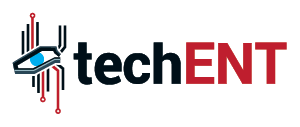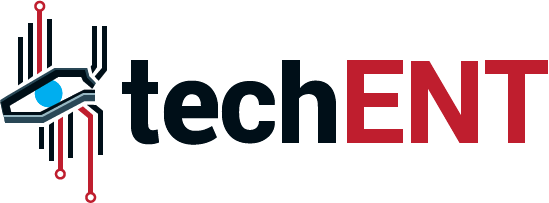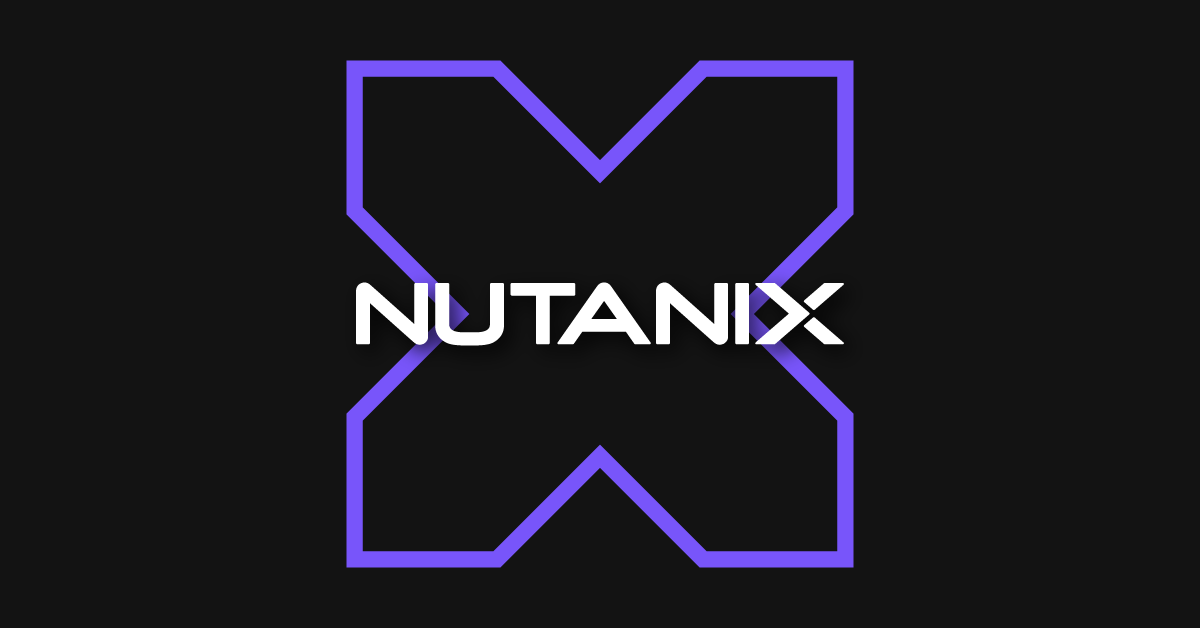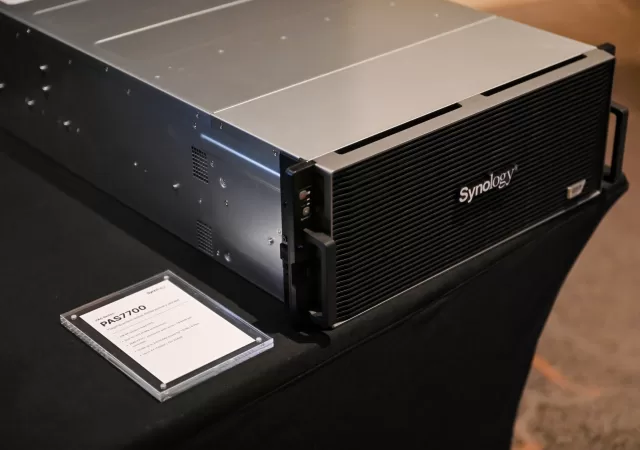Nutanix has capped off its fiscal year 2025 with strong financial results, showcasing outperformance across all key guided metrics for both the fourth quarter (Q4FY25) and the full fiscal year. The company’s performance reflects the ongoing success of its shift from an appliance-based system to a unified multi-hybrid cloud platform.
The results affirm the company’s strong footing as a strategic partner for enterprises looking to address what Nutanix terms “the resilience imperative”—the fundamental need to keep performance high, costs predictable, and operations resilient without creating new silos or complexity.
Q4 and FY25 Performance Snapshot
Nutanix delivered robust top-line and bottom-line growth, demonstrating a healthy balance of expansion and profitability.
For the full fiscal year 2025, the company achieved 18% year-over-year revenue growth, with total revenue reaching $2.54 billion. This growth was accompanied by strong financial health, with free cash flow generation of $750.2 million, marking a 26% increase over the previous year. This balance of growth and profitability resulted in a Rule of 40 score of 48 for the full year, the second year in a row the company has surpassed the 40 threshold.
Key metrics underpinning this financial strength include:
- Annual Recurring Revenue (ARR) grew by 17% year-over-year to $2.22 billion.
- Nutanix added over 2,700 new customers globally in FY25, which represents the highest number of new customer additions in approximately four years, bringing the total customer count to nearly 30,000.
The strength of the platform approach and subscription model was recognized by industry analysts, with Nutanix being named a Leader and a Challenger in two separate reports on Container Management. The focus on products that simplify complex environments and deliver strong business outcomes is key to the industry accolades the company is receiving.
Three Trends Driving the Resilience Imperative
Beyond the financial metrics, Nutanix observed three key market trends that shape the demand for resilient infrastructure, particularly in the Asia Pacific and Japan (APJ) region.
1. AI at the Edge: Where Performance Meets Pressure
The way data is being generated is fundamentally shifting, with 75% of data expected to be generated outside of traditional data centers by 2025. This acceleration of AI at the Edge requires infrastructure that can process, store, and analyze data locally. The challenge is compounded by Agentic AI models adding pressure to existing infrastructure. Organizations are seeking simplified platforms that can scale and embed AI-readiness into the core platform, regardless of where the data resides.
2. Closing the Gaps: Unified Protection in a Cloud-Native World
The sprawl of applications across core, edge, and public cloud environments has made seamless data protection increasingly difficult. As infrastructure evolves from bare metal to virtualization and into containerization, IT teams struggle to manage enterprise-wide risks, including backup, recovery, and governance, often with limited budgets. What is needed is a common, simplified approach to run and protect both containers (K8s) and traditional VMs while retaining enterprise-grade reliability.
3. When Continuity Meets Control: Resilient Infrastructure in the Age of Volatility
Macro challenges, such as rising and unpredictable cloud costs, increasing regulatory shifts toward data sovereignty in APJ, and vendor uncertainty (like the shifts following the Broadcom acquisition of VMware), are creating inflection points for organizations. Businesses are now urgently looking toward portability and autonomy to ensure long-term continuity, seeking adaptive architectures that reduce vendor lock-in and allow applications to move freely between public cloud and on-premises environments.
The shift away from vendors perceived as creating lock-in is a driving force, evidenced by customer examples like Golding (Australia), which migrated from VMware Cloud on AWS to Nutanix Cloud on AWS (NC2) to gain greater scalability, performance, and cost predictability.
Business Outlook: Simplicity and Strategic Growth
Looking ahead, Nutanix is focused on accelerating its commitment to simplicity. Jay Tuseth, VP and General Manager of APJ at Nutanix, highlighted that the company’s open platform strategy is paramount, offering a “release valve” that prevents vendor lock-in and ensures portability. The company is simplifying AI adoption, delivering workshops on building agentic AI applications in a matter of hours on its platform, allowing organizations to drive innovation with urgency.
The company’s positive financial trajectory is expected to continue into FY26, with the strong financial results providing the proactive foundation needed for agility and innovation in the face of ongoing market volatility.






